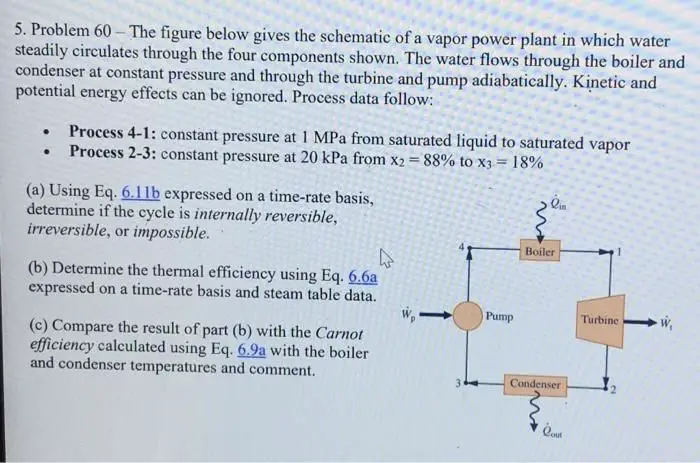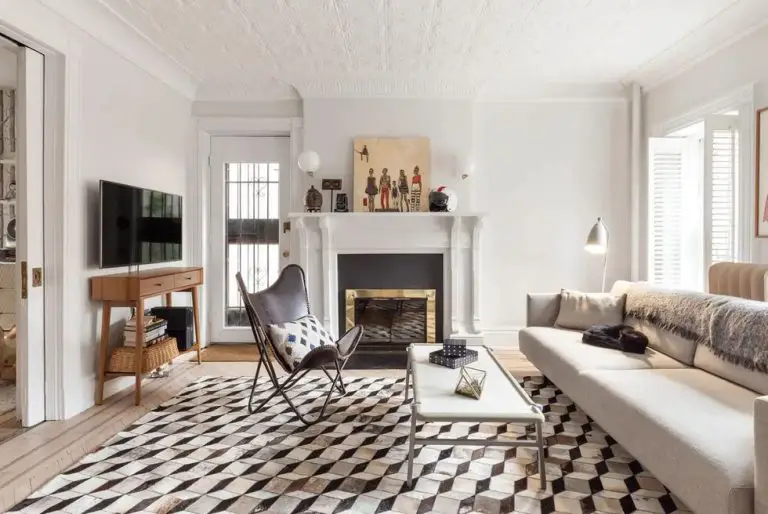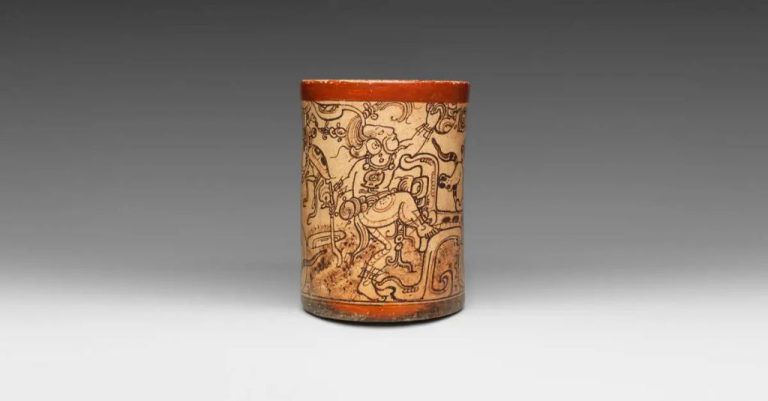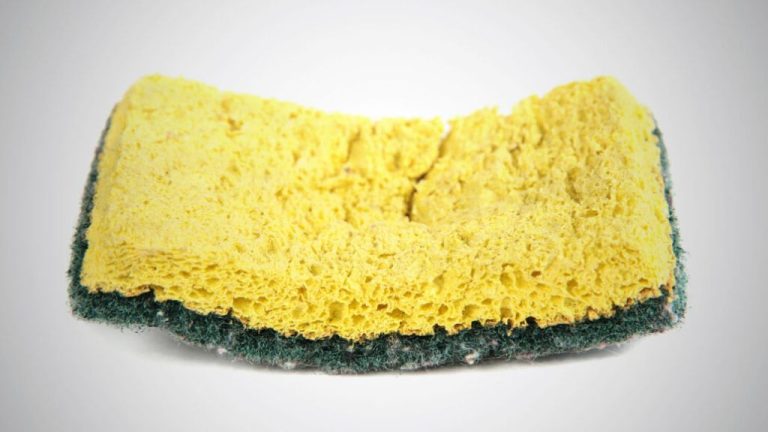Is Polymer Clay Good For Miniatures?
Polymer clay is a man-made modeling material that is popular for making miniatures and small decorative items. It is made from PVC resin, plasticizers, and pigments that allow it to be shaped, baked, and hardened into 3D forms. Polymer clay remains flexible and moldable until it is baked or cured in a regular oven, at which point it hardens permanently.
Polymer clay is an excellent medium for creating miniatures like dolls, food items, animals, and accessories. It allows hobbyists to sculpt fine details and achieve a realistic, finished look. The clay can be blended, shaped, molded, textured, painted and finished in countless ways. Many crafters prefer polymer clay over air dry clays because it doesn’t dry out while you’re working with it, doesn’t shrink or crack when baking, and results in strong, durable miniatures.
Pros of Using Polymer Clay for Miniatures
Polymer clay offers several advantages that make it an excellent choice for crafting miniatures and small-scale models. Some of the key benefits include:
Durability
When cured in a home oven, polymer clay undergoes a chemical reaction that hardens it into a durable, solid material. Finished polymer clay pieces are quite sturdy and withstand regular handling and display. The molded clay maintains its shape over time and is unlikely to chip, crack or break like other materials can.
Versatility
Polymer clay is extremely versatile to work with. It can be shaped, molded, carved, textured and combined in endless ways. The material is pliable at room temperature and becomes more malleable when warmed with your hands, making it easy to create very fine details and intricate shapes. From furniture to food, architecture to accessories, polymer clay can mimic just about anything in miniature form.
Ability to Achieve Fine Detail
The softness and malleability of polymer clay allow for exceptional detail in miniatures. Skilled modelers can shape very tiny, delicate structures like flowers, leaves, lace, small animal features and more. Intricate patterns, textures and designs are also possible to achieve. Other clays and modeling compounds don’t allow for the same level of delicate detail.
Wide Range of Colors
Polymer clay comes in every color imaginable, often with glitters and pearlescent finishes too. This makes it easy to replicate any color scheme you want for your miniatures without needing to paint. For additional color effects, clays can be mixed together, marbled and layered. There are endless options for realistic and fanciful color combinations.
Cons of Using Polymer Clay for Miniatures
While polymer clay offers many advantages for miniatures, there are some potential downsides to consider as well.
One issue is that polymer clay can become brittle and prone to breaking if it is rolled out too thin. Since miniatures often contain very small, delicate parts, it’s important not to make pieces too thin when working with polymer clay. Keeping parts thicker will make them stronger and less likely to crack or break off.
Polymer clay also has limitations on the maximum size of pieces that can be successfully baked and cured. Most brands specify a maximum thickness of 1⁄4”-1⁄2” for successful baking. This restricts the potential size of polymer clay miniatures and parts. For larger sculpts, alternative clays like oil- or water-based clays may be preferable.
Finally, baking is required to fully cure polymer clay pieces. Oven baking or using a dedicated clay oven takes time and access to the right equipment. Those without an oven or intimidated by the baking process may find polymer clay less convenient than clays that air dry at room temperature.
Overall, being aware of the potential brittleness, size limitations, and baking requirements of polymer clay can help miniaturists decide if it is the best material for their projects or if another sculpting medium would be preferable.
Best Brands of Polymer Clay
When it comes to polymer clay brands for miniatures, Sculpey, Fimo, Premo, Cernit, and Kato Polyclay are some of the top options to consider.
Sculpey is one of the most popular and widely available polymer clay brands. They offer a range of colors and finishes like gloss, translucent, and metallic. Sculpey clays are easy to condition and blend. They hold fine details well making them great for miniature work. The Bake Shop and Souffle lines are excellent choices for miniatures.
Fimo is another leading brand used by many miniaturists. They have a wide selection of colors and effects. Fimo clays are easy to work with and take fine details nicely. Their Professional and Soft lines work especially well for small-scale projects.
Premo polymer clay is known for its consistent quality across colors, smooth texture, and ability to replicate fine details. It doesn’t dry out as fast as other clays, making it ideal for miniatures. Premo is available in tons of colors, finishes, and effects.
Cernit is a high-quality polymer clay that has a very smooth, pliable texture. It has excellent dimensional stability allowing it to hold intricate shapes without distorting. Cernit takes and holds fine details beautifully. It’s a great choice for miniaturists looking for a premium polymer clay.
Kato Polyclay is appreciated by miniaturists for its ultra-smooth texture that allows for intricate detailing. It also has great strength when thin. Kato Polyclay comes in a wide range of colors and finishes. It’s especially good for creating lifelike skin tones.
Working with Polymer Clay
Polymer clay requires some preparation and care when handling to achieve the best results. Here are some tips for working with polymer clay:
Conditioning
Before sculpting, polymer clay must be conditioned to make it soft and pliable. To condition, knead the clay firmly with your hands until smooth and uniform in texture. Conditioning warms the clay and makes it easier to manipulate. Condition clay thoroughly before sculpting.
Rolling
Use an acrylic roller or pasta machine to roll conditioned clay to an even thickness for flat shapes and elements. Dust the work surface lightly with cornstarch or talcum powder to prevent sticking. Roll gently to avoid distorting the clay. Desired thickness depends on the project.
Sculpting
Sculpt shapes, textures and details using your fingers, sculpting tools, or cutters. Work firmly but carefully to avoid overworking the clay. Add water or tool dip sparingly to reduce sticking. Let clay rest 10-15 minutes if it becomes too warm while sculpting.
Baking
Follow manufacturer instructions for baking time and temperature. Underbake clay will be sticky, overbaked clay may burn or darken. Let clay cool completely before handling after baking. Baking polymerizes the clay fully into a hard, durable plastic.
Painting and Finishing Polymer Clay Miniatures
Painting polymer clay miniatures is often the most enjoyable part of the process. It brings the sculpture to life with color and dimension. Acrylic paints are the most commonly used type of paint for miniatures. They offer bold, opaque colors that cover well. Acrylics also dry quickly and adhere permanently to cured polymer clay.
When painting, it’s best to use acrylic paints formulated for plastics and minis. These provide maximum coverage and flexibility. Apply paint in thin layers, allowing each coat to dry before adding another. Thin layers prevent obscuring the sculpture’s details. A variety of techniques can create different painted effects like drybrushing for highlights or washes for shading.
Acrylic glazes lend depth and richness to painted miniatures. They are translucent acrylics that amplify color when layered over an opaque basecoat. Glazing unifies the overall color scheme with subtle tonal shifts. Allow each glaze layer to dry before applying the next. Too many glazes can make the colors muddy, so use a light touch.
Protect painted miniatures with an acrylic varnish like matte, satin, or gloss. The varnish seals the paint and prevents chipping, fading, or fingerprints. Matte varnish provides a non-reflective finish. Satin varnish has a soft luster, while gloss creates a shiny wet look. Spray sealants work well for quick overall coverage. Brush-on varnishes allow selective, targeted application.
With quality paints and a few simple techniques, painters can make their polymer clay sculptures into vivid, professional-looking miniatures. The finishing process brings out the best attributes of the clay and makes the work ready for display.
Making Common Miniature Elements
Some of the most common elements found in miniatures are furniture, food, figures, and accessories. Making these items out of polymer clay allows you to customize them exactly as needed.
Furniture
Miniature furniture like chairs, beds, tables, sofas, etc. can be sculpted freehand or molded using silicone molds. Roll flat slabs of clay for tabletops or beds, and use toothpicks or clay tools to add details like legs or ornate carvings. Bake the furniture pieces according to package directions.
Food
Roll tiny balls or teardrops of colored clay to make miniature fruit like apples or grapes, or use a silicone mold to make tiny sculpted cakes and pies. Clay canes allow you to create realistic cuts of meat. Liquid clay makes great drizzles on ice cream sundaes. Cut thin slices of colored clay for tiny pizza toppings. Bake any food items before adding to a scene.
Figures
Sculpt basic body parts like heads, limbs, and torsos by hand, or press clay into molds. Assemble parts using liquid clay or by baking partially together. Add faces, hair, and clothing details with tools. Miniature people can be posed sitting in chairs or interacting with accessories.
Accessories
Miniaturize common accessories like books, clocks, dishes, vases, lights, plants, etc. Use clay canes for books. Mold dishes or vases. Sculpt freehand for items like clocks or lights. Add wire inside “stems” for bendable plants. The possibilities are endless for enhancing a miniature scene with clay-made accessories.
Advanced Polymer Clay Techniques
Once you master the basics of working with polymer clay, you can start exploring more advanced techniques to take your miniatures to the next level.
Blends
Blending different colors and types of polymer clay is a great way to achieve beautiful, unique effects in your miniatures. Try twisting together two colors of clay to get a marbled look, or blend clays with mica powders to create faux stone, wood, and metallic finishes.
Canes
Polymer clay canes allow you to create intricate patterns and effects that can be sliced very thin and applied to your miniatures. There are many different cane techniques, like checkerboards, kaleidoscope canes, millefiori canes, and more. It takes practice, but the possibilities are endless!
Transfers
With polymer clay transfers, you can easily apply detailed designs and textures like text, lace, or woodgrain to your miniatures. Print out a design, glue it to the clay, then gently peel away the paper to transfer the image. Let it dry fully before adding color.
Molds
Custom molds let you quickly replicate detailed elements for your miniatures. Make molds from clay originals, texture mats, found objects, or commercial molds. For best results, use a dedicated mold release product so the clay releases easily.
Storing and Displaying Polymer Clay Miniatures
Properly storing and displaying your polymer clay miniatures is crucial to preserving them and preventing damage over time. Polymer clay is susceptible to fading, discoloring, and even cracking if not cared for properly. Here are some tips for protection from sunlight, dust, and humidity:
Protect from Sunlight
UV rays from sunlight can cause polymer clay to fade and discolor surprisingly quickly. Keep miniatures out of direct sunlight as much as possible, whether on display or in storage. For display, choose locations away from bright windows. Consider using UV protective display cases or risers with shields to block light.
Control Dust
Dust can collect in small grooves and details of miniatures, making them look dirty and worn. Gently wipe miniatures with a soft brush or cloth before displaying to remove any dust. Keep them in enclosed containers or under glass domes/cloches to prevent dust build up over time.
Maintain Stable Humidity
Fluctuations in humidity can cause polymer clay to become brittle and crack over time. Store miniatures in an environment with steady humidity around 35-45%. Consider using desiccant packs in airtight containers to control moisture levels. Avoid displaying miniatures in very humid rooms or directly near moisture sources.
Conclusion
Polymer clay is a very versatile material for creating miniatures and small-scale models. Some of the key pros of using polymer clay are its lightweight nature, ability to achieve fine detail, and the fact that it bakes into a strong, durable finish. It comes in a wide range of brand options and colors, allowing for creativity. Polymer clay is easy to work with, requiring few tools and being able to be continually reshaped with some effort. Finished pieces can be painted, varnished, and customized.
However, there are some downsides as well. Polymer clay can be slightly brittle after baking and prone to chipping if dropped. It may not be as durable as other clays for pieces that need to withstand a lot of handling. The baking process causes shrinkage, which can make achieving precise sizing difficult. Some brands may produce fumes when baked. All brands will condition and cure better when properly stored.
Overall, polymer clay is one of the most popular and widely used materials for miniatures and models. Its versatility and ease of use makes it a great choice for beginners or experienced modelers alike. Those wanting maximum durability may opt for other clays or resins, but polymer clay will meet the needs of most hobbyists. With care taken during baking and handling, it can produce stunning, long-lasting miniature creations.






